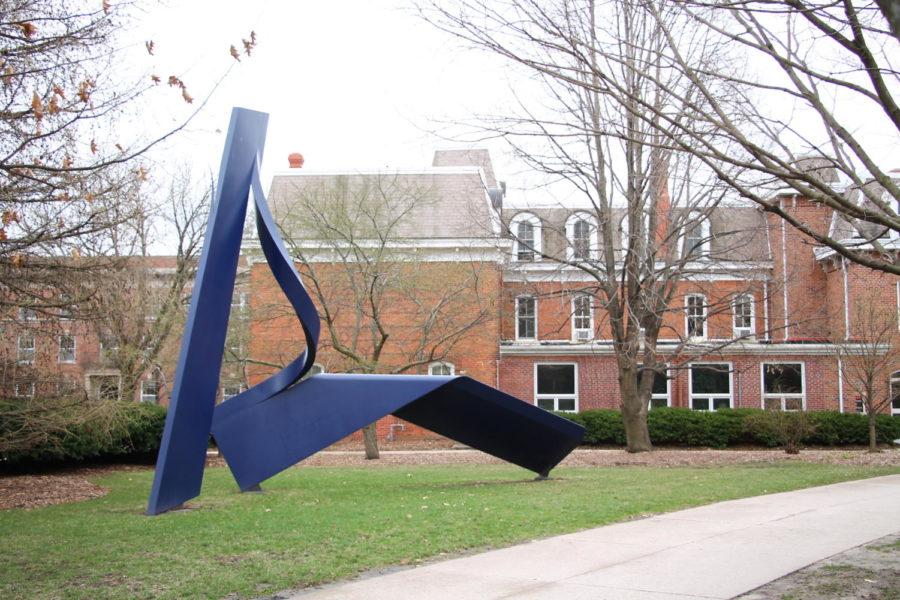
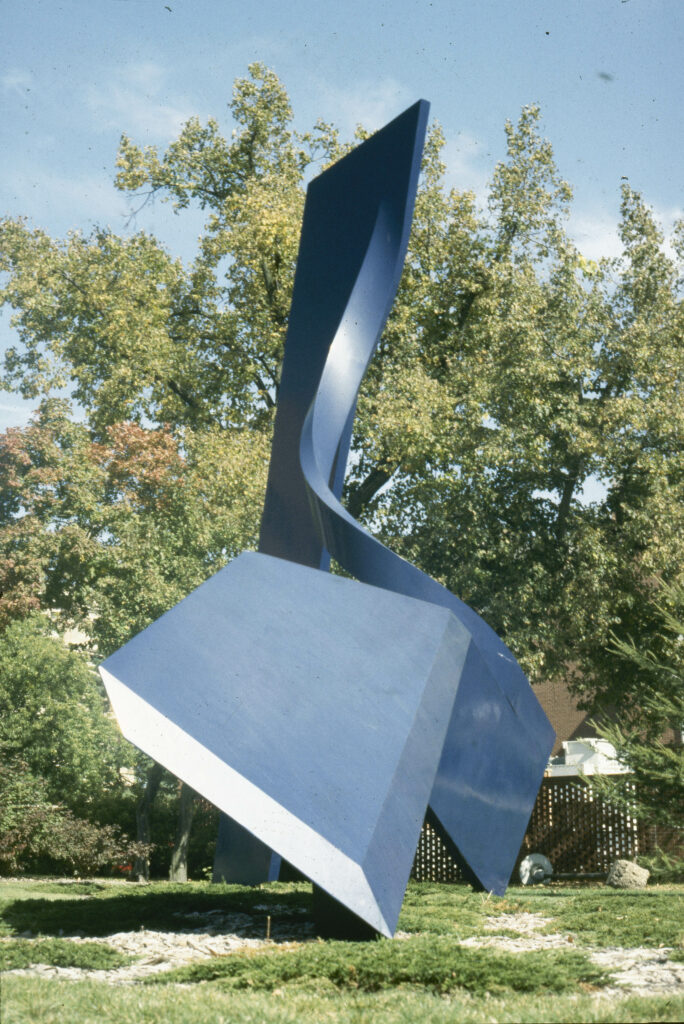
About the Art
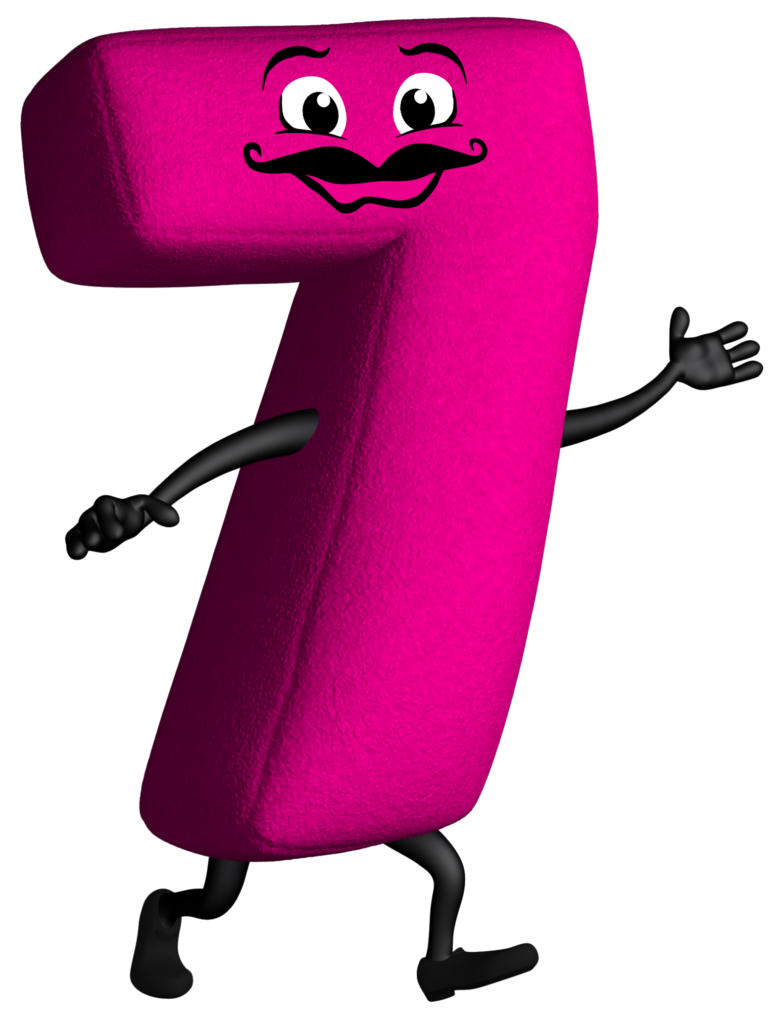
After visiting the Black Engineering Building in the 1980s, artist Bruce White conceived the idea for Carom focusing on material deformation. White based this abstract design on the reconfiguring and modeling that takes place inside the engineering building that sits next to Carom.
Carom resulted from manipulating a single sheet of high-strength aluminum in 1986.
From Label #3, Iowa State University Museums Collections description of Carom:
“To begin, a rectangle was sliced lengthwise twice from opposite directions to form a narrow strip down the center. The two large outer planes were pulled apart and twisted in opposite directions to form the upward narrow spiral. The large horizontal section was folded, and the surface planes were allowed to shift at the outer end, creating a configuration with a beveled knife-like edge. The spiral connects and stabilizes the horizontal and vertical units. The large upright unit has a subtle longitudinal twist as a consequence of pulling the two primary units in opposite directions – increasing its overall vertical strength and forming, from an edge view, an acute triangle. The outer edge of the upright has a sharp curled burr reminiscent of the cutting burrs that sometimes occur while shearing thin metal. This accent is included as a relief to the broad surfaces and as a reference to the acute negative voids formed where the narrow strips join the large units.”
From an “edge” view, an acute triangle emerges.
Iowa State University commissioned the following two poems about Carom.
“World as Will and Idea” by Robert Dana
The idea set a-sail like
a luffed number, a four,
perhaps, or treble clef
unfurling, borne on and
bearing its own breeze,
and ploughing up music
like the sea, taller
than a man can stand.
Anyone tells me again
the body is ninety percent
water, I’ll scream.
It’s a hydraulic system.
And love is engineering.
Pier and backbone.
Cantilever and torsion.
Dolphin, harp, and anchor.
Imagine her standing here,
tapping her foot in time.
The color of her eyes.
Color of her hair-
ribbon blowing in the wind.
“Lessons” by Neal Bowers
Who taught aluminum to jive like that?
Who taught aluminum to dance?
Look at it twist and dip and split!
Watch that aluminum prance!
I need to learn some aluminum steps.
I need aluminum grace.
None of my limited, minimal moves
can match aluminum’s pace.
How do you limber a sheet of aluminum,
get aluminum in the mood?
Would it improve my ballroom style
if I ate some aluminum food?
What kind of beat makes aluminum shimmy?
What makes aluminum take
such a dangerous, difficult, tango torque,
the kinds my bones can’t fake?
Better to let aluminum risk
those bends that could be breaks.
About the Artist
Bruce White is a sculptor who creates large-scale sculptures primarily with stainless steel and aluminum. After obtaining master’s and doctoral degrees at Columbia University, he taught at Northern Illinois University from 1967 to 1996. White is an accomplished artist and teacher whose body of work includes sculptures across the conceptual spectrum from breezy to monumental.
White has an extensive exhibition record and has created more than 30 large-scale public sculpture commissions around the world. Some US installations are in Chicago, Florida, and Texas. His current sculpting studio is in Florida.
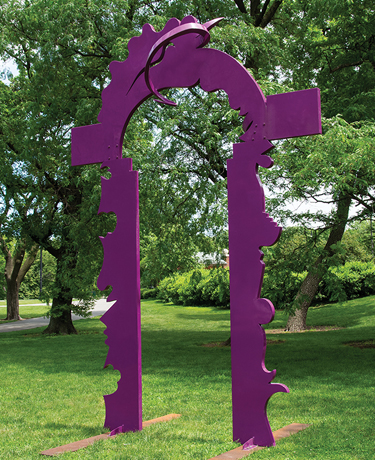
Sorcerer’s Gate, 2013, Chicago, Illinois
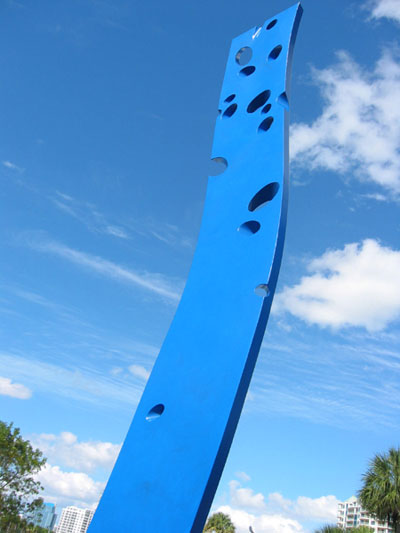
Meander, Sarasota, Florida
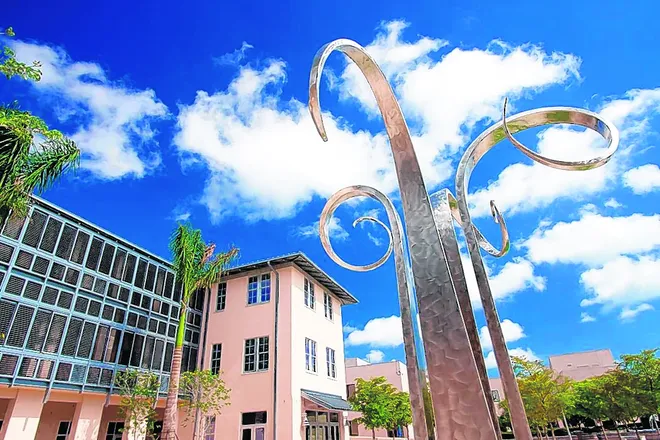
Four Winds, New College, Florida
Relevant History
An Acute triangle is a triangle with only acute angles (less than 90°).
An Obtuse triangle is a triangle where one of the interior angles measures more than 90°. The sum of the remaining two angles must be less than 90°.
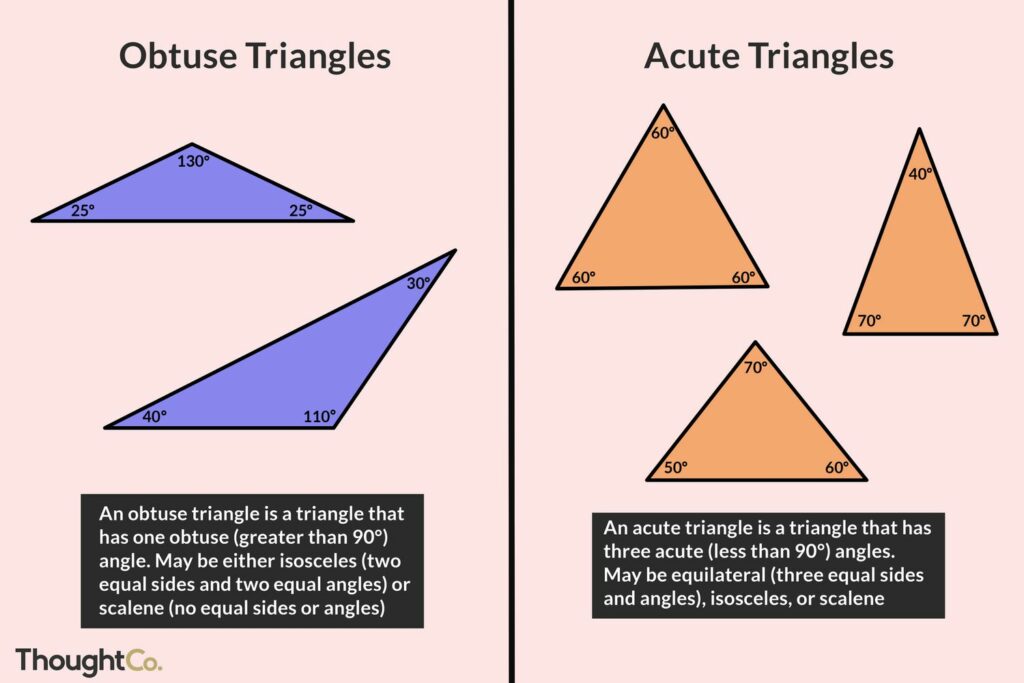
Image courtesy of ThoughtCo.
A Trapezoid is a quadrilateral that has at least one pair of parallel sides.
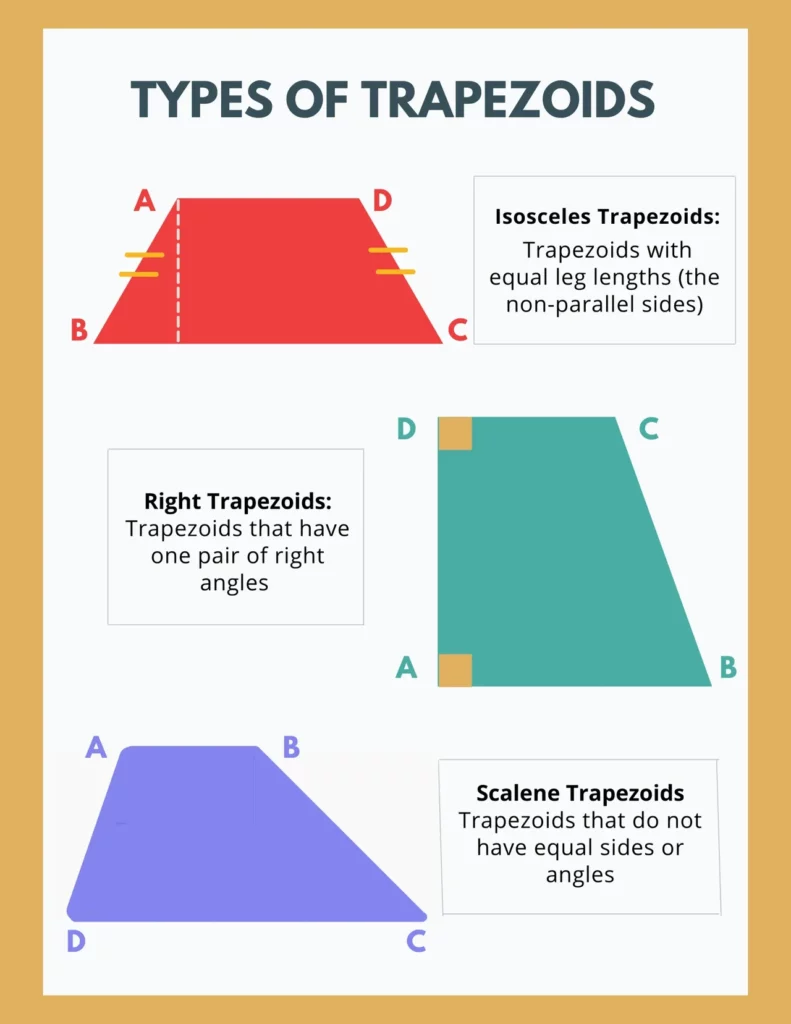
A deformation involves a change in the size or shape of an object. The change may result from squashing, twisting, ripping, or pulling apart the object
Abstract art is art that does not attempt to represent an accurate depiction of a visual reality. The artist uses shapes, colors, forms, and gestural marks to achieve the desired effect.
*Fun Fact: Tom Stancliffe, (Air Spiral) was a student of Bruce White.
Learning Guide
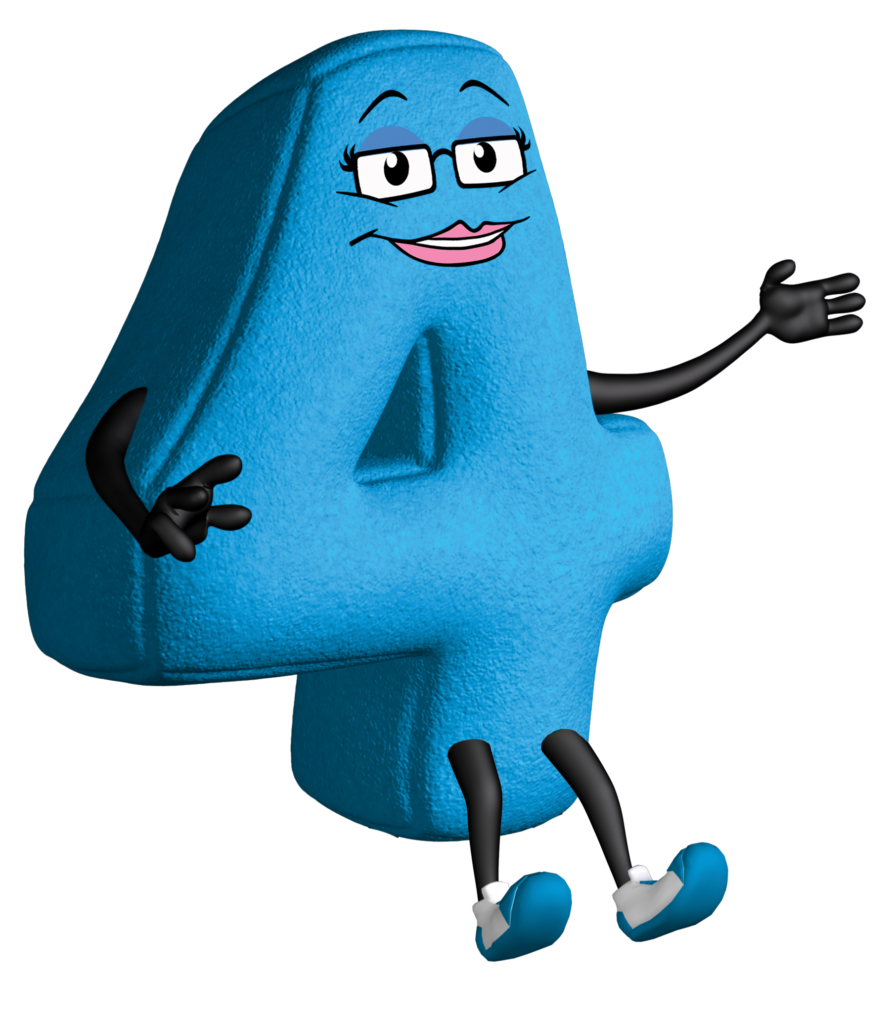
Learning Guide
- What do you think the title has to do with the art?
- Why do you think Number Character 7 is standing next to Carom in the winter image?
- Why do you think Number Character 4 is speaking about twisting and turning and the shapes created in Carom?
- How does the red image with white numbers relate to the art?
- How do the blue hidden images relate to the art?
- What shape is created by the two images of Carom put together in the spread?
- See the “edge” view of Carom below. Viewing Carom from this perspective, can you see any acute triangles?
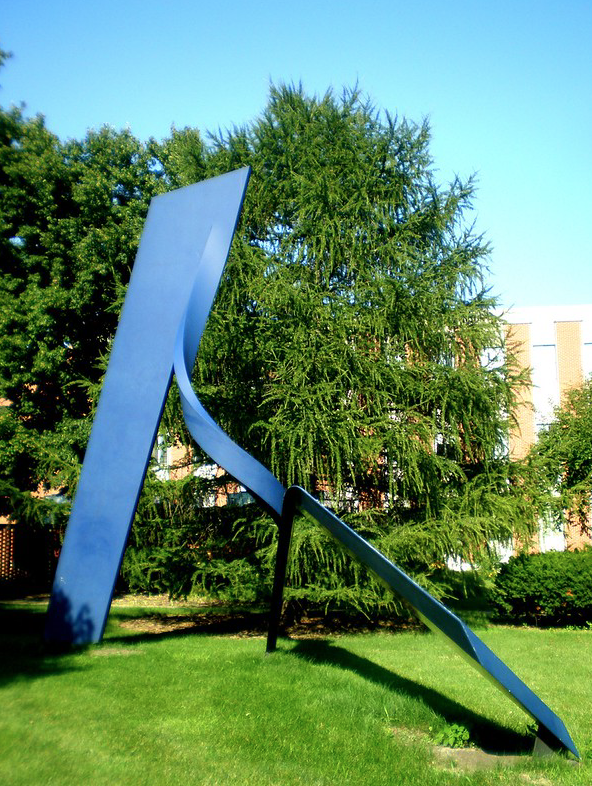
Image courtesy of Flickr
8. Take a rectangular piece of paper and try cutting and twisting to create a paper Carom. Was it easy? (Hint: Look closely at the image on the right-side of the spread.)
9. What are your favorite types of pretzels? How is the dough twisted when making pretzels?
